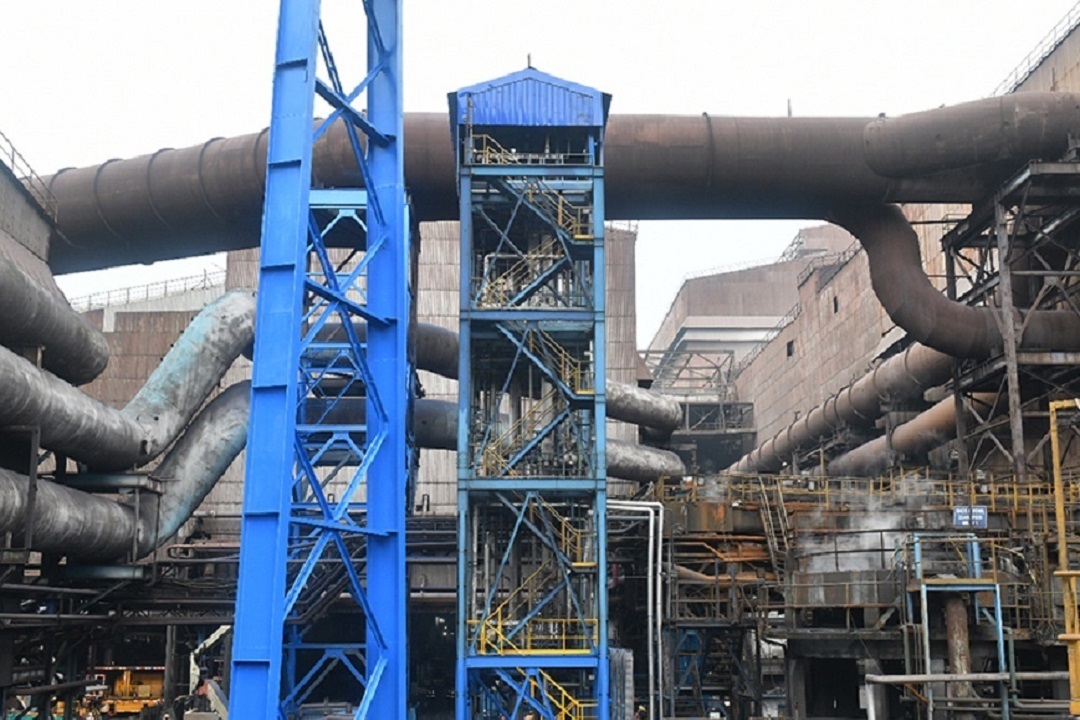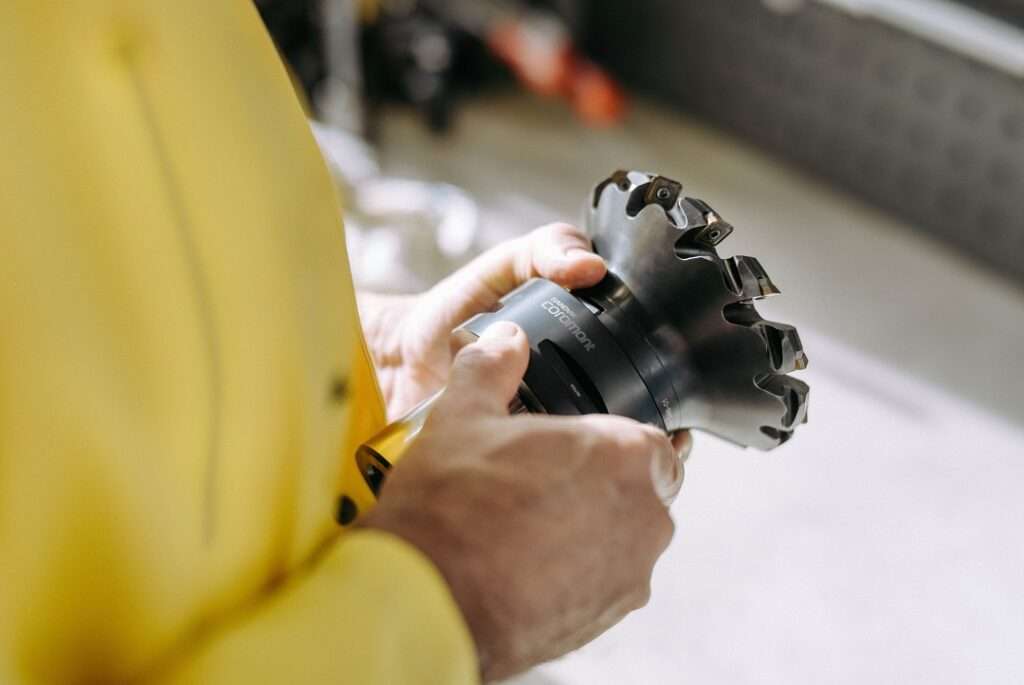Tata Steel has posted impressive financial results for Q1 FY2025, with consolidated revenues reaching ₹53,178 crores and EBITDA of ₹7,480 crores, yielding a margin of 14%. The company’s EBITDA showed a notable increase of 11% sequentially and 10% year-on-year. This growth can be attributed to the execution of key strategic initiatives, including cost optimization measures and enhanced steel realizations across various markets.
In India, the company achieved revenues of ₹31,137 crores, with EBITDA reaching ₹7,486 crores, representing a solid margin of 24%. The performance in India has been particularly strong, driven by the country’s large distribution network and Tata Steel’s continued focus on delivering high-value-added products. The company also saw a significant improvement in EBITDA per ton, which increased by ₹2,510 QoQ, bringing it to ₹15,760 per ton. This performance is further strengthened by the ramp-up of the Kalinganagar plant, which continues to meet production targets.
Tata Steel’s crude steel production in India reached 5.24 million tons for the quarter, with deliveries totaling 4.75 million tons. These figures were slightly impacted by planned maintenance shutdowns at the Jamshedpur facility and at Neelachal Ispat Nigam Limited (NINL). However, the company expects both production and deliveries to return to normal levels in the coming quarters, ensuring a smooth continuation of its growth trajectory.
In the UK, Tata Steel generated revenues of £536 million, though the region recorded an EBITDA loss of £41 million. This marks a significant improvement from the £80 million loss in Q4 FY2025. The UK operations faced lower deliveries at 0.60 million tons, a result of softer market demand. Despite this, the company is optimistic about the recovery prospects in the UK, especially with ongoing strategic initiatives focused on sustainable steel production.
The Netherlands operations reported revenues of €1,519 million and EBITDA of €64 million, a strong improvement from €14 million in Q4 FY2025. The liquid steel production in the Netherlands reached 1.7 million tons, with deliveries amounting to 1.5 million tons. The positive performance was driven by a favorable sales mix and higher realizations in the downstream business, which contributed to improved profitability in the region.
Tata Steel continued to prioritize capital investments during the quarter, spending ₹3,829 crores on key growth projects. The company made substantial progress in its expansion efforts, including the ramp-up of the 5 MTPA blast furnace at Kalinganagar and the commissioning of one of the two Continuous Galvanising lines at the 2.2 MTPA Cold Rolling Mill complex. Additionally, the company broke ground on the UK’s largest low-carbon steelmaking facility on 14th July, marking a significant milestone in its sustainability journey.
The company’s strong financial position is reflected in its net debt of ₹84,835 crores and a liquidity reserve of ₹43,578 crores, which includes cash and cash equivalents of ₹14,118 crores. This solid liquidity base provides Tata Steel with the flexibility to continue investing in growth opportunities while maintaining financial stability.
In a strategic move, Tata Steel successfully acquired a 100% equity stake in Neelachal Ispat Nigam Limited (NINL) on 24th July 2025. This acquisition strengthens Tata Steel’s long products portfolio and expands its footprint in the Indian steel market, complementing its existing operations and adding to its competitive advantage in the industry.
TV Narendran, CEO & MD, emphasized the firm’s ability to maintain solid profitability despite global market uncertainties. He pointed to the company’s strategic focus on improving steel realizations, expanding its operations at Kalinganagar, and leveraging e-commerce platforms like Aashiyana and DigECA, which saw a significant 52% YoY growth in Gross Merchandise Value, as key drivers of its success.
Koushik Chatterjee, CFO, also commended the company’s robust performance, noting a 200 basis point improvement in margins despite challenges such as weaker demand and trade uncertainties. He highlighted the success of Tata Steel’s cost transformation program, which resulted in ₹2,900 crores of savings during the quarter, and reiterated the company’s commitment to enhancing operational efficiency, optimizing working capital, and improving cash flow generation across all markets.
Tata Steel is one of the world’s leading steel producers, with a total crude steel production capacity of 35 million tonnes per annum. The company operates across five continents, with a diverse global presence in both production and commercial activities. For FY2025, Tata Steel reported consolidated revenues of approximately $26 billion, underscoring its position as a top-tier player in the global steel industry.
The company has long been recognized for its commitment to sustainability, with ambitious goals to achieve Net Zero emissions by 2045. It is also undergoing a digital transformation, with plants in Jamshedpur, Kalinganagar, and IJmuiden receiving recognition from the World Economic Forum as Global Lighthouse facilities. These plants exemplify Tata Steel’s leadership in advanced digital manufacturing practices and its ongoing efforts to drive innovation and efficiency across its operations.
Tata Steel’s commitment to responsible steel production is reflected in its achievements, including the first ResponsibleSteel™ certification for its Jamshedpur plant, with over 90% of its steel production in India now coming from certified sites. The company has also received numerous accolades, such as the Prime Minister’s Trophy for the best-performing integrated steel plant in 2016-17 and the 2024 Steel Sustainability Champion award from worldsteel, underscoring its leadership in both sustainability and performance within the global steel sector.







